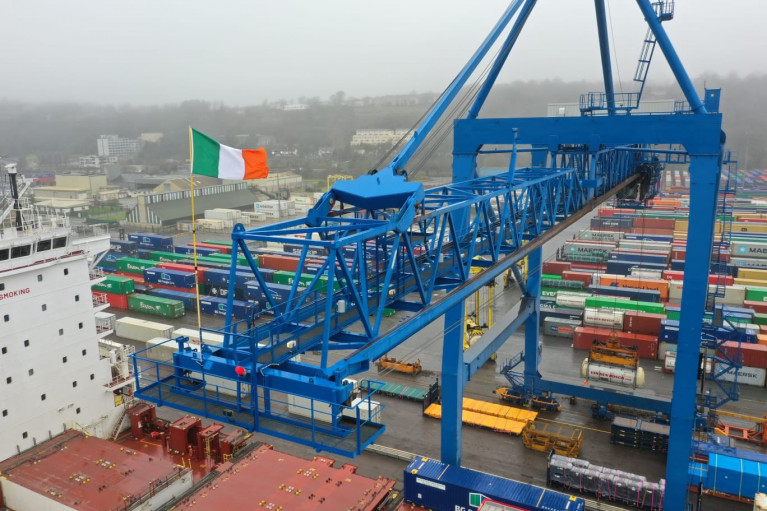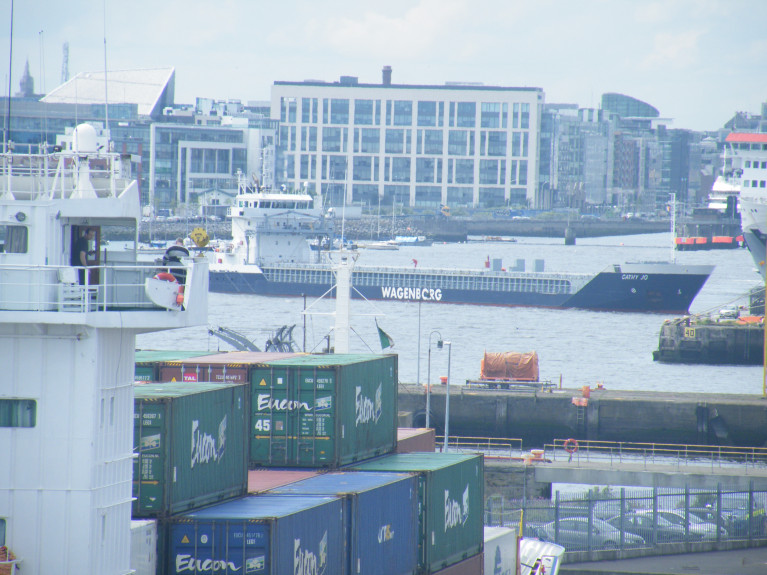Displaying items by tag: Q1 2020
CSO Figures Show UK Share of Port Traffic in Republic Declines to 29.4% in Q1 of 2020
According to the Central Statistics Office, Northern Ireland and Britain accounted for 29.4 per cent of the total tonnage of goods handled in the seven main ports in the Republic in the first quarter of 2021.
As the new CSO figures show, this compares with 39.5 per cent in the first quarter of 2020. The decline in share reflects a Brexit effect that was also reported in figures published by the Dublin Port Company in April.
Other EU countries accounted for 43.2 per cent of the total tonnage of goods handled in the main ports, an 8.6 percentage point increase compared with the same quarter in 2020.
For further figures, The Irish Times reports.
Irish Maritime Development Office (IMDO) has today released their Irish Port Traffic Report with figures for Q1 2020
To download the Report click the attachment below the article.
iShips Index
In Q1 2020, the IMDO’s iShip1 index recorded a 6% decline in overall shipping activity. Tonnage declines in the Dry Bulk and RoRo markets drove this decrease, contributing 65% and 30% to the fallrespectively. Across all market segments, the Bulk market makes up 55% of Irish tonnage, the RoRom market 30% and LoLo market 15%.
Unitised Trade
When combined, the RoRo and LoLo sectors make up the unitized trade market. This market largely represents finished goods further along the supply chain than the raw materials traded in the bulk markets. In the three months to March, the total Irish RoRo traffic fell by 5% while LoLo traffic declined by 3%. In order to provide added context and insight to these changes, there were three main contributing factors which should be noted.
Firstly, Q1 2019 experienced significant growth in both sectors. RoRo traffic expanded by 9% while the LoLo traffic grew by 7%, both outpacing its quarterly average of 5% between Q1 2015 – Q4 2018. Driving the growth in Q1 2019 was a period of inventory stockpiling that took place in as the UK’s proposed date of departure from the EU approached on March 29th.
Secondly, a period of inclement weather in February 2020 led to some cancelled sailings, reducing freight carryings during that time. Lastly, restraints on economic activity due to the COVID-19 pandemic began to impact upon the RoRo and LoLo market in the latter half of March 2020. Business closures across retail, construction and hospitality sectors will have begun to impact the both markets from this period onwards. The onset of COVID-19 in March stalled the recovery from lost sailings due to inclement weather in February.
Bulk
As highlighted above, the Dry Bulk market drove almost two thirds of the overall Irish tonnage decline in Q1, reflecting the large volumes traded in this market. A drop in agricultural and construction commodities such as fertilizer, animal feed and bauxite contributed to much of the Dry Bulk decline. Large variability due to seasonal factors and weather patterns are common in these markets.
Covid-19
Also some impact trading was felt in Q1, the restrictions placed on economic activity in Ireland and across the world as a result of the COVID-19 virus will become apparent in Q2 2020 for the Irish shipping markets. It is certain now that there will be considerable tonnage decline across all market sectors. The IMDO continues to monitor these markets closely as well as their indications for the wider Irish economy.






























































